The Water Retention Ability for PVA Sponge
- On Feb, 04, 2022
- admin
- PVA Sponge
Material with porous structure is having the ability of water retention, this include the PVA sponge material. Among the materials, the PVA sponge is out-perform in water retention ability. In general, the manufacturer quoted a PVA sponge roller is able to hold up 9 to 11 times of water than it owns weight. In this article, we will reveal the sponge properties which gives such a high water holding capability.
A PVA sponge is able to hold 9 to 11 times of water amount than it own weight. However, this is not the only properties to differentiate sponge quality.
The PVA Sponge Comparison
Below is the image to show the difference between a dry PVA sponge compare with a wet sponge. You could see that the sponge is turning hard at dry stage whereby it will soften while under wet stage. Unfortunately, this symptom will be more straight forward if you are able to examine the actual product.
The minor sponge appearance changes shouldn’t be a surprise as this is related to the sponge properties. Perhaps, this also correspond with our instinct. Furthermore, these properties not only changes the sponge appearance but also the water retention ability.
There are several sponge properties which affected water retention ability,
- Pore size. Pore size is playing several important roles in the sponge. It provides difference water absorption ability in micro view. The water surface tension within the pore is becoming a water film barrier for holding up the water.
- Porosity. Besides the pore size, the sponge porosity properties also reveals the available “empty space” within the sponge. In general, the higher porosity shows a potential of larger water retention ability.
- Pore structure. The open pore structure definitely an advantage for holding up more water within the sponge body. The interconnected pore structure ensure the water could freely locates in the sponge.
- Pore Uniformity. Pore uniformity is one of the challenges parameters for a PVA sponge. In order to achieve a better pore uniformity, the foaming process has to be very reliable that it generates sufficient amount of pore quantity within a volume. Furthermore, the pore uniformity only be able to inspect unless a lot of cross section has been carried out.
There are other sponge properties, such as PVA amount and foaming process. But above are the 4 major properties which affecting the water retention.
The Measurement Method for Water Retention
The measurement of water retention could be very straight forward, such as measure the weight difference between the dry stage vs. wet stage condition, makes the calculation as below procedure.
W = (A-B)/B * 100%
Where
- W = change in mass, %
- A = final mass of specimen (g)
- B = initial mass of specimen (g)
The calculation shall be very easy but during the actual measurement, there are factors which affecting the reading. Please read the article, Water Retention is Affirmative or Reference Spec for a PVA Sponge.
The Complexity of Water Retention
From above, we have listed out the 4 major sponge properties which affecting water retention. Perhaps, these 4 properties also affecting each other and becomes an interactive parameters to water retention.
Hence, we are unable to conclude a larger pore size is having significant difference in water retention compare with smaller pore size. This is more on an interactive action.
Besides the sponge properties, there are also some practical reason is affecting the water retention. We have conducted a test on the same sponge by measuring the water retention amount. The result reveal a minor change in weight. The inconsistent of water weight is causing by the air trapped in the sponge. This phenomenon is more obvious for a new dry sponge.
So far, we had discussed the mechanical sponge properties and also the practical approach which affecting the water retention. In order words, considering all the factors we are facing, we could conclude the water retention amount shall not be the parameter for judging a sponge quality.
What We Don’t Tell About Water Retention
So far we had covered several aspect about the water retention parameter, but we do not touch on water absorption rate. This implies how fast the sponge could absorb water. This definitely an interesting topic we shall talk about in another post.
Over here, I would like to give a quick conclusion that the water absorption rate is varies depends on sponge design. This is also telling us that why the PVA sponge manufacturer is unable to spell out the water absorption rate.
Please visit our post, Water Absorption Rate for PVA Sponge, to understand the experiments we had conducted so far.
Sponge’s water retention ability is affecting by the sponge properties and practical situation. Make this parameter as a reference instead of sponge quality judgement.
We are happy to listen your feedback about the PVA sponge water retention ability. Please write down your comment in the remark column so that we could further continue this topic.

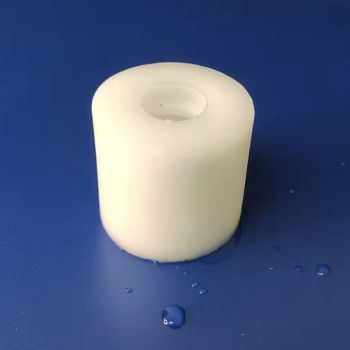
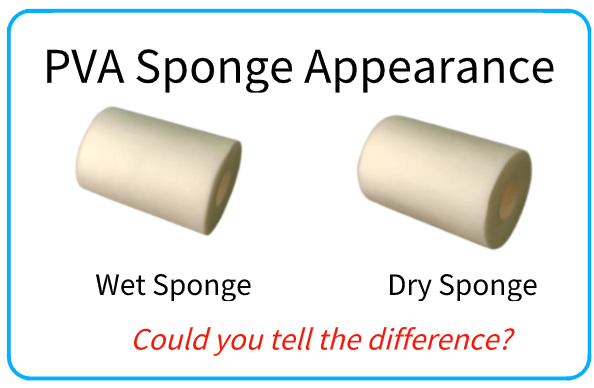
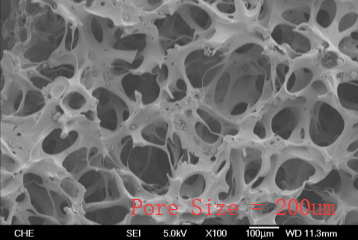
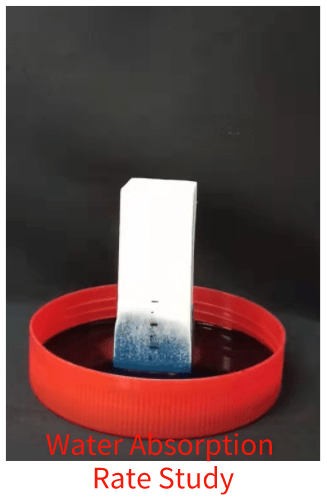
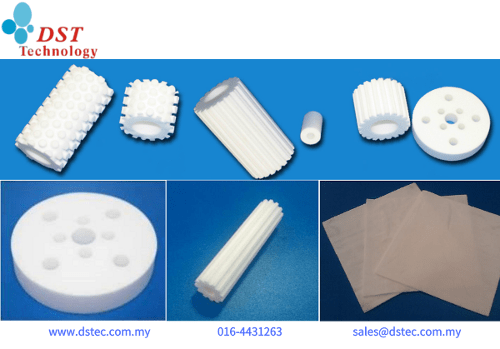
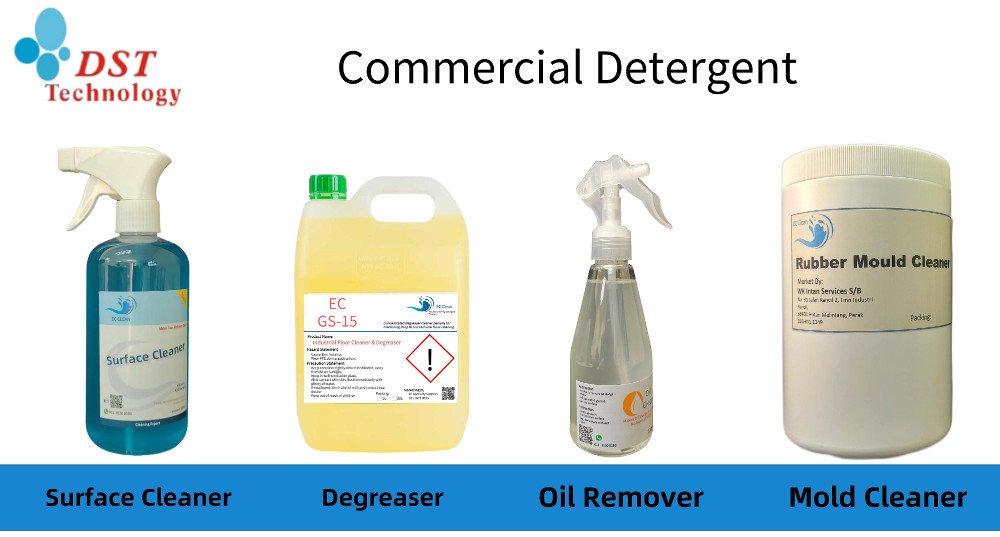

I measure the water retention for a PVA sponge. Find out that the water retention is far lesser than the quoted 10x, why this happen?
You are asking a good question. Perhaps, this is a valid question that most of the user observed especially they soaked the dry sponge in the water.
In short, this is because there are always trapped air barrier in the sponge which making the sponge is not fully soaked.
Please check our article,
Water Retention – A Reference or Affirmative Spec
[…] on difference sponge. So in this article, we want to further reveal our understanding about PVA sponge water retention ability and also the factors which affected this […]
[…] PVA sponge product favor in retaining water, in our previous article, PVA sponge water retention ability, we had pointed out that a PVA sponge could able to withhold 9-11 times of it own weight of water […]